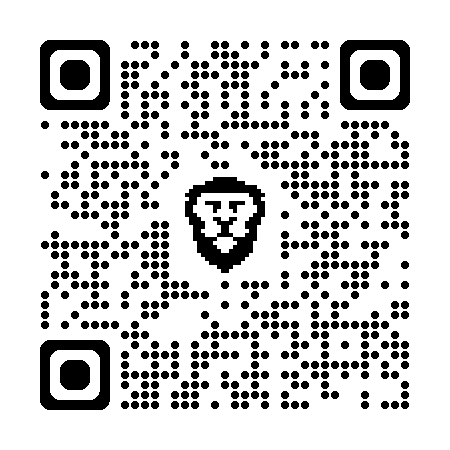Nova Aadhaar
EE Department, IIT Bombay
March 10, 2025
Age Proofs
Cryptographic proofs that a government-issued digital ID contains a birth date of someone who is above a certain age
Applications
- Prove that someone is an adult so that they can access age-restricted resources online
- Prove that someone is a senior citizen so that they can get special privileges
Why not use the ID itself as a proof?
- Privacy
Aadhaar QR Code
Every Aadhaar card contains a QR code that encodes the holder’s personal details including date of birth
It also contains an RSA signature created using UIDAI’s private key
One can generate an age proof using the Aadhaar QR code
Anon Aadhaar
An implementation of an Aadhaar-based age proof by Ethereum Foundation
Generates a zero-knowledge (ZK) proof that the Aadhaar QR code contains the birth date of an adult
Proofs can be verified on-chain, i.e. in an Ethereum smart contract
Uses the Groth16 proof system
Main drawback: Resource intensive; needs 600MB/300MB initial download and 1.4 GB/9.6 GB RAM in phone/browser
Our contribution
- Nova Aadhaar: Aadhaar-based age proofs with lower resource requirements
- Deployed as a web app and as an Android app
- Initial download reduced to 1.5 MB/12 MB in browser/phone
- https://age-proof.vercel.app/
- Main idea: Replace Groth16 with the Nova folding scheme
Android App
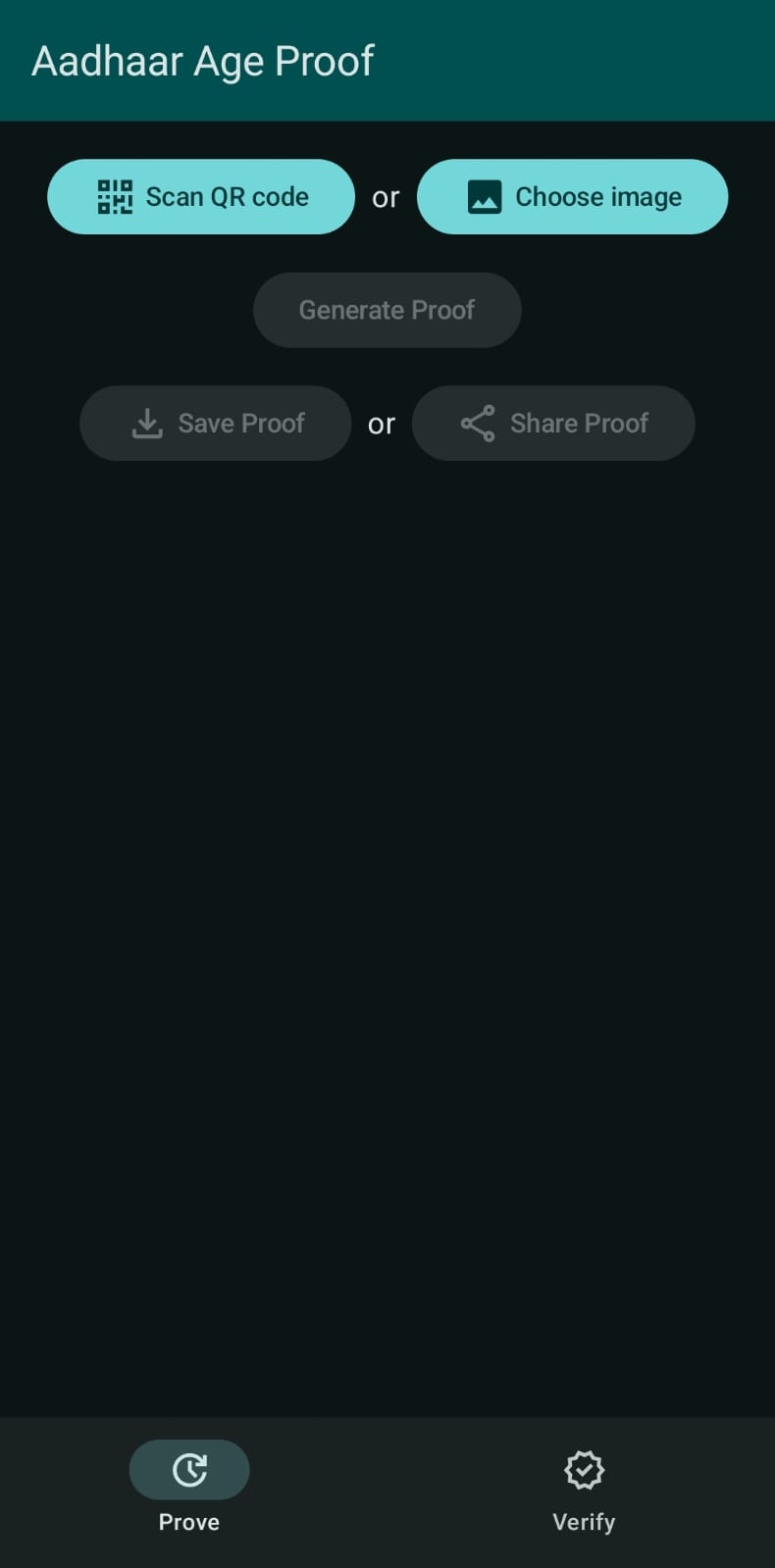
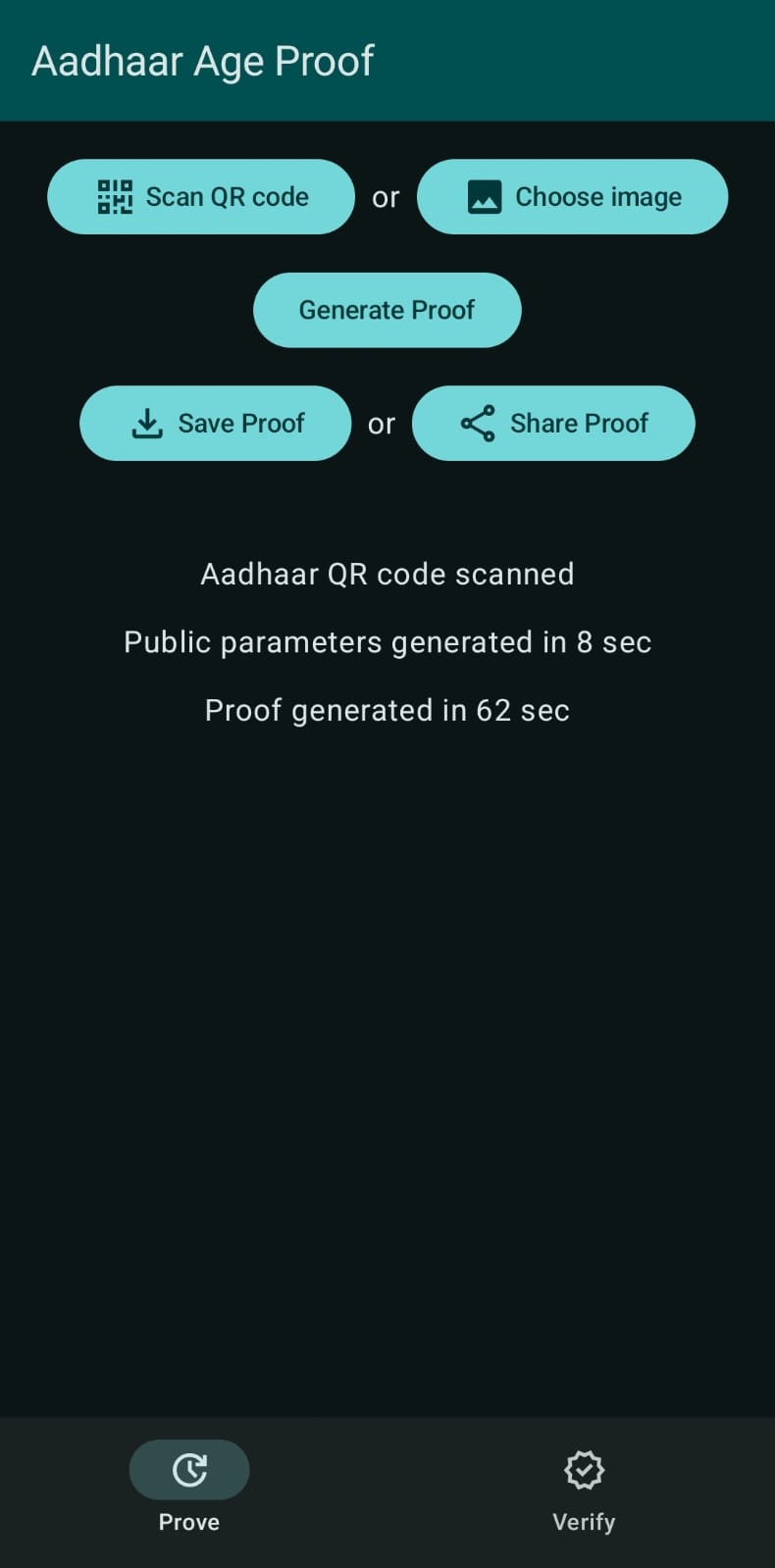
Nova
A zkSNARK for statements with IVC structure
- zkSNARK: ZK Succinct Non-interactive ARgument of Knowledge
- IVC: Incrementally Verifiable Computation
Incremental Computation
![]()
Incrementally Verifiable Computation

An IVC instance is given by \left(F, n, z_0, z_n\right)
An IVC scheme allows a prover to prove that
for some public step F,
public initial input z_0, public final output z_n,
it knows auxiliary input values w_0, w_1,\ldots,w_{n-1} such that
z_n = F \left(\ldots F \left(F \left( z_0, w_0 \right), w_1 \right) \ldots,w_{n-1}\right).
Aadhaar QR Code Data
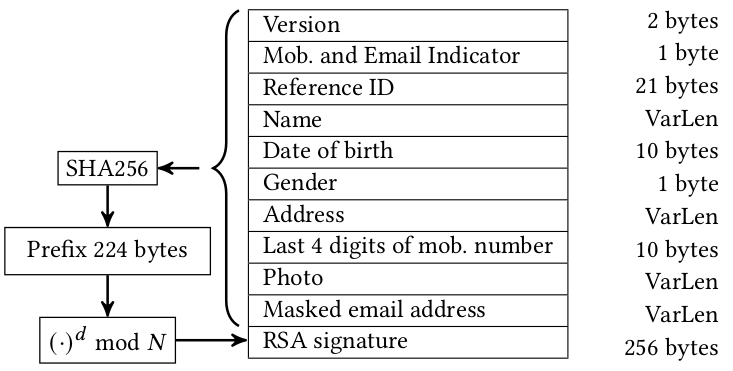
Age Proof Desiderata
Setting: An adult Aadhaar holder will generate and submit an age proof to an application that has a unique AppID
Desirable properties
- Soundness: Only adult Aadhaar holders should be able to generate a valid age proof
- Privacy: The age proof should not reveal any information about the fields in the Aadhaar QR code, apart from the fact that the holder is an adult
- Intra-application linkability: An application should be able to link multiple age proofs created by the same Aadhaar holder
- Inter-application unlinkability: Age proofs generated by the same holder for different applications should not be linkable
- Low computational requirements: Users should be able to generate the proofs on low-end devices
Strawman Design 1
Use the Aadhaar QR code itself as the age proof
To verify the age proof, the verifier will
- first check that the RSA signature is valid using the Aadhaar public key,
- and then check that the birth date is 18 or more years in the past
Satisfies all desiderata except privacy
Strawman Design 2
- Let \texttt{H} be the SHA256 hash of the QR code data except for the last 256 bytes
- Let \textsf{sig} be the RSA signature
- An adult Aadhaar holder could generate an age proof as the triple \left( \texttt{H}, \textsf{sig}, \pi \right) where
- \pi is a ZK proof that \texttt{H} is the SHA256 hash of some Aadhaar QR code data (excluding RSA signature) and
- this data contains a date of birth which is 18 or more years in the past
- The verifier performs the following checks.
- It first verifies that \textsf{sig} is a valid RSA signature on \texttt{H} using the Aadhaar public key
- It then verifies that the ZK proof \pi is valid for the instance \texttt{H}
- This design does not satisfy intra/inter application linkability/unlinkability requirements
Issues with Strawman Design 2
- Intra-application linkability
- The SHA256 hash \texttt{H} changes with every download of the QR code since the timestamp changes
- An adult Aadhaar holder can use two of his QR codes with different timestamps to generate two age proofs having different values for \texttt{H}
- Inter-application unlinkability
- The age proof is independent of the AppID
- Either the hash \texttt{H} or the RSA signature \textsf{sig} can be used to link the age proofs submitted by the same Aadhaar holder to different applications
Nova Aadhaar Statement
Let \texttt{qr} be an n-byte array representing the QR code data
Let \texttt{qr}_{\text{d}} be the byte array of length n-256 corresponding to \texttt{qr}[0:n-256]
Let \texttt{qr}_{\text{m}} correspond to the bytes in \texttt{qr}_{\text{d}} with the 17 timestamp bytes replaced with zero bytes
Let \texttt{A}_{\text{id}} be the AppID of the target application for the age proof
Let \texttt{H}_{\text{pos}} denote the Poseidon hash function
An adult Aadhaar holder will generate an age proof as \left( \texttt{A}_{\text{id}}, \sigma, \pi \right) where \pi is a ZK proof attesting to the following claims:
- \sigma= \texttt{H}_{\text{pos}}\left(\texttt{A}_{\text{id}}, \texttt{qr}_{\text{m}}\right) for some byte array \texttt{qr}_{\text{m}}. \sigma is called the nullifier
- There exists a byte array \texttt{qr}_{\text{d}} that agrees with \texttt{qr}_{\text{m}}, except that it has zeroes in the 17 timestamp byte locations
- The SHA256 hash of the byte array \texttt{qr}_{\text{d}} is \texttt{H}.
- The prover knows an RSA signature \textsf{sig} on \texttt{H}
- The date of birth in \texttt{qr}_{\text{m}} is 18 or more years in the past.
How to express the Nova Aadhaar statement as an IVC instance?

- An IVC instance is given by \left(F, n, z_0, z_n\right)
- How can we break the Nova Aadhaar statement into steps?
- What should be the step function F?
- How many steps n?
- What should the values of z_0, z_n be?
First Key Insight
The SHA256 hash function already has an incremental structure
![]()
The SHA256 hash of a bitstring M \in \{0,1\}^* is calculated as follows.
- The bitstring M is padded to a multiple of 512 bits to obtain M_{\text{padded}}.
- A 256-bit state variable H^{(0)} is initialized using bits from the square roots of the first eight primes.
- M_{\text{padded}} is split into N blocks M^{(1)}, M^{(2)},\ldots,M^{(N)} each having 512 bits (64 bytes).
- Using a compression function f: \{0,1\}^{512} \times \{0,1\}^{256} \to \{0,1\}^{256}, the values of H^{(i)} are calculated as H^{(i)} = f\left( M^{(i)}, H^{(i-1)} \right), for i=1,2,\ldots,N
- The 256-bit string H^{(N)} is the SHA256 hash of M.
Second Key Insight
The RSA exponent e in the Aadhaar public key has the value 65537 = 2^{16}+1
The exponentiation \textsf{sig}^e can be spread over 17 steps where
- the first 16 steps perform a squaring operation and
- the last step performs a multiplication
Since F has to be the same in every step, we can use a multiplexer to choose between the outputs of the squaring operation and product operations
![]()
Splitting the QR code data
- The step function F has to check the DoB
- The DoB field appears after the variable-length Name field
- It could lie in the first 64-byte block, in the second 64-byte block, or span the boundary between the blocks
- To simplify F, we hash two 64-byte blocks in each step
Nullifier Calculation

- Recall that the nullifier is \sigma= \texttt{H}_{\text{pos}}\left(\texttt{A}_{\text{id}}, \texttt{qr}_{\text{m}}\right)
- We set \textsf{null}_0 = \texttt{A}_\text{id}
- As long as SHA256 hashing is active, we recursively hash the previous nullifier value to get the new one
Public Inputs/Outputs
- Initial inputs \begin{align*} z_0 = \begin{bmatrix} \textsf{initial\_opcode} & \textsf{current\_date} \end{bmatrix}, \end{align*}
- Final inputs \begin{align*} z_n = \begin{bmatrix} \textsf{final\_opcode} & \textsf{final\_nullifier} \end{bmatrix}, \end{align*}
- The opcodes control the decisions at each step
Step Function F
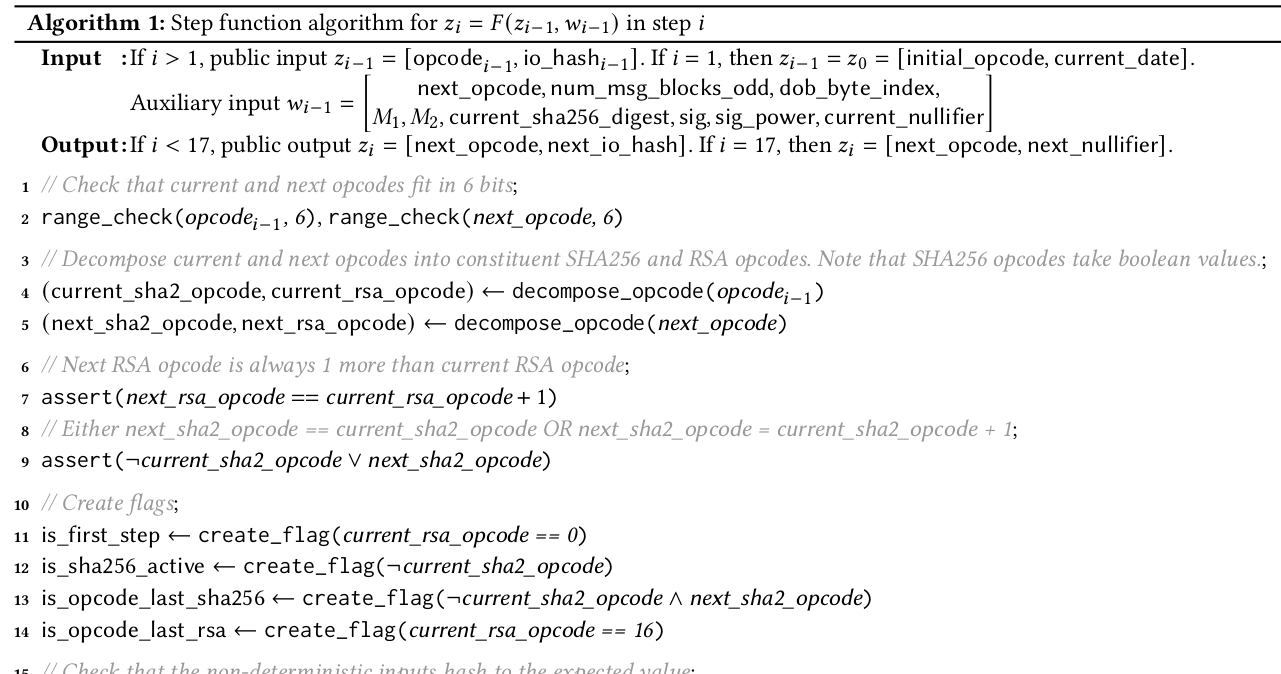
Please see preprint for full specification
Performance
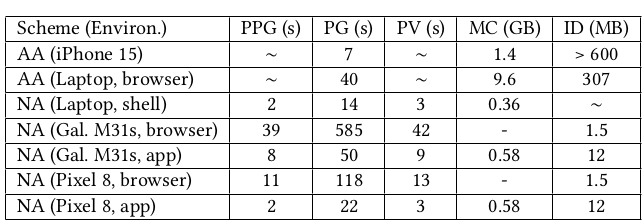
- AA = Anon Aadhaar, NA = Nova Aadhaar
- PPG = Public parameter generation, PG = Proof Generation, PV = Proof Verification
- MC = Peak Memory Consumption, ID = Initial Download
Code repositories
- https://github.com/avras/nova-aadhaar-qr (Rust lib)
- https://github.com/avras/aadhaar-age-proof (Web app)
- https://github.com/avras/aadhaar-age-proof-android (Android app)
- Code available under MIT/Apache licenses
Thanks for listening
URL of Nova Aadhaar preprint


